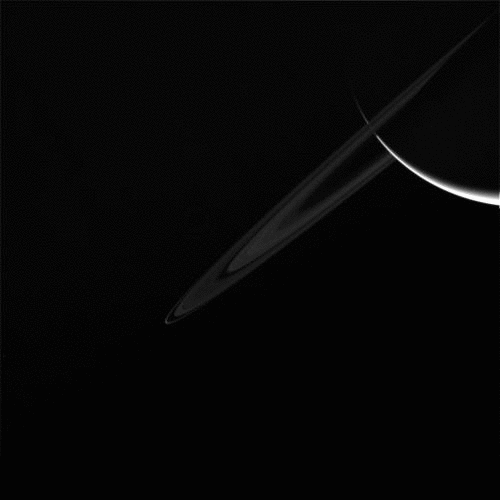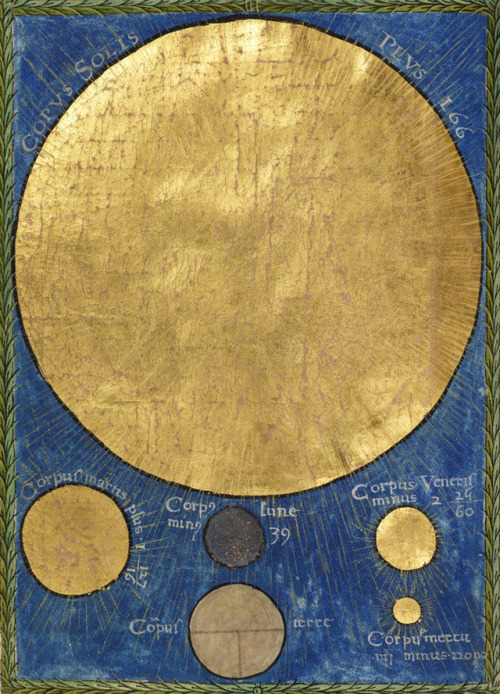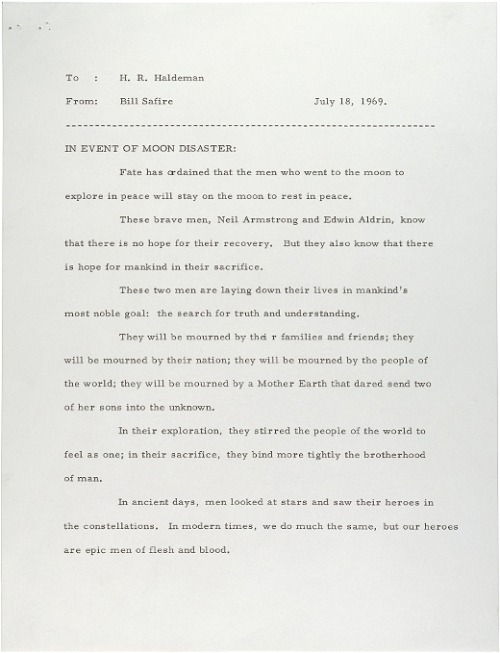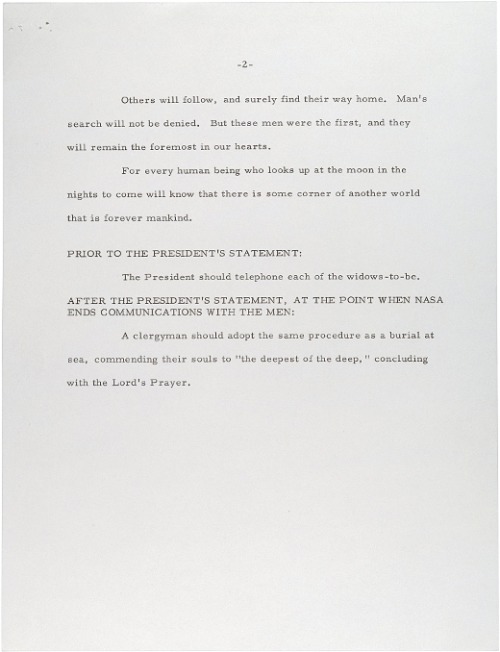Don’t Cry For Cassini: Il Lento Suicidio Nell’atmosfera Del Signore Degli Anelli
Don’t cry for Cassini: il lento suicidio nell’atmosfera del Signore degli Anelli
La sonda Cassini, lanciata il 15 ottobre 1997, è entrata in orbita attorno a Saturno il primo luglio del 2004. Prima di Cassini, Saturno veniva osservato quasi esclusivamente da Terra con l'eccezione delle immagini e dei dati raccolti dalle sonde Pioneer 11 e Voyager 1 e Voyager 2, che hanno effettuato dei flyby del pianeta, rispettivamente nel 1979, nel 1980 e nel 1981.

Cassini ha cambiato completamente la nostra visione di Saturno! Nei 12 anni trascorsi a orbitare attorno al pianeta, a fotografare e studiare i suoi anelli e le sue lune, la sonda ha percorso circa 2.2 miliardi di miglia dal suo arrivo nel 2004 e ha raccolto circa 600 GB di dati, scoperto 10 lune, inviato circa 380.000 immagini.
Oggi 30 novembre 2016 la missione Cassini della NASA inizierà una serie di orbite che la porteranno a spingersi oltre il bordo esterno degli anelli principali di Saturno (oltre le orbite dell'anello F), a 7.800 chilometri di distanza.

Gli ingegneri NASA stanno effettuando correzioni di rotta volte a modificare l'orbita di Cassini in modo da aumentare la sua inclinazione rispetto all'equatore e agli anelli di Saturno e di beneficiare di una "spinta" gravitazionale di Titano per inserirsi nella prima delle fasi conclusive della sua missione. Grazie a questo passaggio Cassini orbiterà attorno al polo Nord e al polo Sud del pianeta fino al 22 aprile 2017, tuffandosi ogni sette giorni nel bordo esterno degli anelli principali, per un totale di 20 volte, sfiorandoli per raccogliere campioni di molecole e gas

Durante queste orbite, Cassini passerà a circa 90.000 chilometri sopra alle nubi di Saturno: sarà una fase emozionante, ma sarà solo un preludio a quello che ci attenderà a partire dal mese di aprile, quando la sonda inizierà il Gran Finale, che terminerà il 15 settembre con il tuffo nell'atmosfera di Saturno.
Il motivo che ha portato gli scienziati a decidere per questa soluzione è che la sonda sta per esaurire il carburante e c'è l'esigenza di tutelare le lune di Saturno potenzialmente abitabili. A questo punto la soluzione scientificamente migliore è quella di progettare il fine missione in modo da condurre un'indagine straordinaria e non creare problemi al sistema di Saturno.
More Posts from Needingsomespace and Others

celestial bodies
Christianus Prolianus, Astronomia, Naples 1478
Manchester, John Rylands University Library, Latin MS 53, fol. 58v

Dictionnaire pittoresque d'histoire naturelle et des phénomènes de la nature - 1839 - via Internet Archive

Questa sequenza di immagini a colori avanzati mostra come la geometria di visualizzazione cambia velocemente per la sonda JUNO della NASA mentre si avvicina a Giove. Le immagini sono state ottenute da JunoCam.
Image Credit: NASA/SWRI/MSSS/Gerald Eichstädt/Seán Doran

ON THIS DAY: Titan, moon of Saturn, observed on November 30, 2014 by the Cassini space probe.
(NASA)

constellation Cetus
Sufi Latinus (Latin translation of ‘Kitāb al-kawākib al-thābita’ of 'Abd al-Rahmān al-Ṣūfī), Bologna 1250-1275
BnF, Arsenal 1036, fol. 34v
The Moon - Incredible Lunar Views From The Japanese SELENE Orbiter - Earthrise

Space: Submission

New Horizons ha ufficialmente finito la sua missione primaria! L'ultimo bit di dati ottenuti durante il fly-by del 14 luglio 2015 è stato ricevuto dalla stazione di terra della NASA, a Canberra in Australia, martedì alle 11.48 ora italiana.
Questa sonda ha collezionato più di 50 GB di dati durante il suo paesaggio ravvicinato intorno a Plutone e Caronte e li ha inviati a terra impiegando poco più di un intero anno. La velocità di downlink è stata di 2'000 bit al secondo, una minuscola frazione rispetto alle connessioni a cui siamo abituati. Ora può iniziare la lunga fase di processing dei dati completi, che per adesso sono solo lunghe catene di 0 e 1.
Gli ingegneri di missione effettueranno un'ultima data review prima di cancellare definitivamente i dati sui due hard disk presenti a bordo della sonda, in vista delle nuove osservazioni scientifiche previste per il 2019. Il primo gennaio di quell'anno, infatti, New Horizons passerà a soli 3'000 km da 2014MU69, un antico corpo celeste presente ai confini del nostro sistema solare e scoperto due anni fa dal telescopio Hubble.
Nell'immagine potete vedere una delle scoperte più fresche del team di New Horizons: possibili nuvole intorno ai rilievi montuosi di Plutone.



An address to the nation to be read by President Richard Nixon should the Apollo 11 astronauts become stranded on the moon,
To: H. R. Haldeman From: Bill Safire July 18, 1969. ——————————————————————————- IN EVENT OF MOON DISASTER: Fate has ordained that the men who went to the moon to explore in peace will stay on the moon to rest in peace. These brave men, Neil Armstrong and Edwin Aldrin, know that there is no hope for their recovery. But they also know that there is hope for mankind in their sacrifice. These two men are laying down their lives in mankind’s most noble goal: the search for truth and understanding. They will be mourned by their families and friends; they will be mourned by the nation; they will be mourned by the people of the world; they will be mourned by a Mother Earth that dared send two of her sons into the unknown. In their exploration, they stirred the people of the world to feel as one; in their sacrifice, they bind more tightly the brotherhood of man. In ancient days, men looked at the stars and saw their heroes in the constellations. In modern times, we do much the same, but our heroes are epic men of flesh and blood. Others will follow, and surely find their way home. Man’s search will not be denied. But these men were the first, and they will remain the foremost in our hearts. For every human being who looks up at the moon in the nights to come will know that there is some corner of another world that is forever mankind. PRIOR TO THE PRESIDENT’S STATEMENT: The President should telephone each of the widows-to-be. AFTER THE PRESIDENT’S STATEMENT, AT THE POINT WHEN NASA ENDS COMMUNICATIONS WITH THE MEN: A clergyman should adopt the same procedure as a burial at sea, commending their souls to “the deepest of the deep,” concluding with the Lord’s Prayer.






